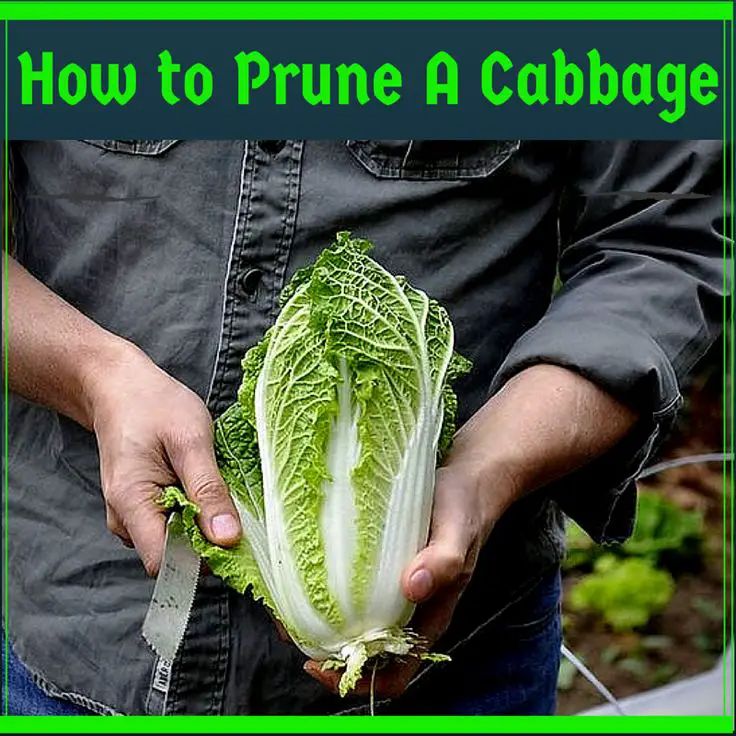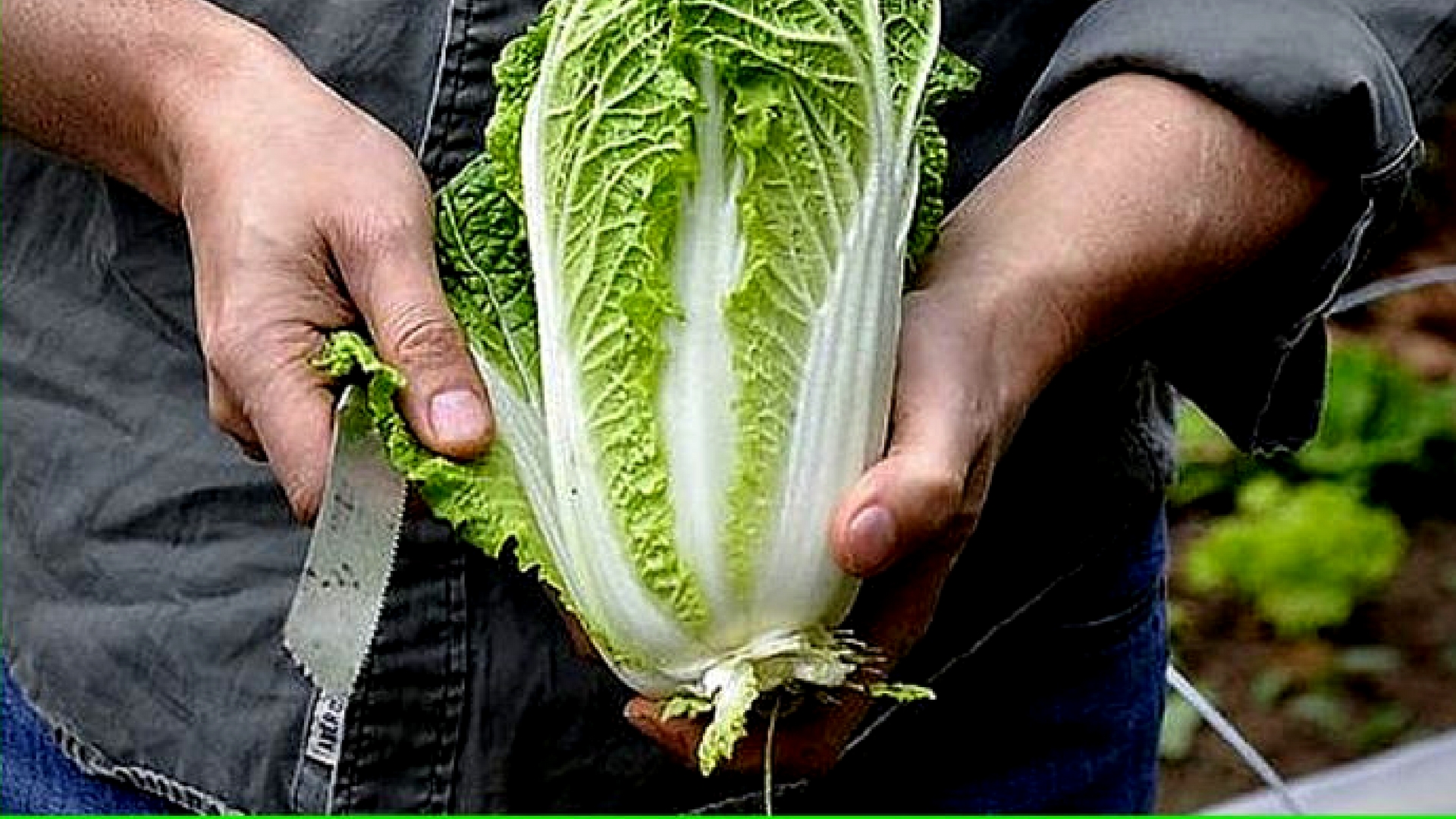We use affiliate links to run our site. When you buy through links on our site, we may earn an affiliate commission, without any added cost to you. Learn more
Cabbage is one of the easiest vegetables you can grow in your garden. Growing cabbage is a quite an easy job. But as they start growing there may be different problems that start to creep in. Not just pest infestation, sometimes excessive growth can create a lot of problems.
As the leaves start touching the ground; they start to rot. The best way to get rid of this issue is to start pruning cabbage leaves.
What is Pruning:
Pruning is an activity where you selectively remove parts such as unwanted branches, leaves, buds, etc from a plant to improve its structure, and directs new healthy growth.
Why Prune a Plant?
Here are some reasons why we choose to prune any plant:
- Regular pruning of trees saves your property from potential damage from fallen branches.
- When you remove old branches or leaves, you give plants the opportunity to grow healthy, new growth.
- Pruning can eradicate pests and various types of fungi. It sets the tree up with a good foundation for long-term health.
- You can prune ornamental plants to prevent overgrowth.
- In nurseries, we trim plants before harvesting or transplanting to increase the number of flowers and their quality.
- Some plants like roses, need specialized pruning techniques so you can avoid damages to the plant.
- In bonsai, we use it to train trees to grow on your terms. It gives trees a clean, polished look that elevates your whole landscape.
Pruning vs Thinning:
Thinning is also a popular term in gardening. Thinning means removing the whole plant or some parts of the plant. We do thinning mainly for de-crowding the growing space and to make room for some selected plants.
So you can say, pruning is a part of thinning where you don’t remove the whole plant but rather parts of it.
Though pruning (removal of some part or parts of the plant) and thinning (removal of the whole plant to ease the crowd) both serve the same purpose of survival, most of the time they are addressed separately.
Here in this article I will club them together and use the terms interchangeably.
So now that we know a little bit about pruning and thinning let’s consider this in the case of cabbage. First thing first:
Can You Prune A Cabbage Plant:
People often get confused about cabbage pruning. This is because a cabbage plant is more or less looks like a small-sized bush. So people often ask, Is it really possible to prune a cabbage plant?
The simple answer to this is Yes! You can prune a cabbage plant. And believe it or not, you might actually be doing it but you might be calling it “thinning your garden”.
Whether you are thinning your garden or pruning cabbage leaves, the basic principles are the same. Here is a simple guideline that will help you decide whether you should trim your cabbage at all. And if the answer is yes then how to prune cabbage plant.
Why Should You Prune A Cabbage?

Before you harvest cabbage head they must be properly maintained in the soil. Pruning is very important for a plant’s survival and to create healthier plants.
Pruning helps the cabbage plant by providing the much-needed space to thrive, and build larger heads. It allows the plant to focus all its energy and food to deserved ones.
When to Prune a Cabbage?
Timing is very important in pruning cabbage. Start pruning your cabbage plants once they begin to bloom. If you start early, you can decide and choose the plants with best-blooming rates and remove the once that doesn’t match your expectation.
Cabbage heads are ready to harvest when they are firm and the interior feels dense if you squeeze the head. Soon after the head forms, you must cut the base of the plant from the stem; cabbage that is allowed to get overly ripe will split in two.
How To Prune Cabbage Plants?
Start by removing limp or unhealthy leaves from the plant. Generally, you can do this just by tearing the cabbage leaves. If you find the leaves tough to tear use a sharp knife or pruning scissors.
Also, remove any heads that aren’t doing well. It will direct the soil nutrients to the thriving plants.
Don’t through away the trimmed leaves. If they are old, use them for composting and use fresh and tender cabbage leaves in salads.
Sometimes you may need to remove the whole plant which is not performing well (also called thinning).
Amazon and the Amazon logo are trademarks of Amazon.com, Inc, or its affiliates.

I love how you teach us, I can understand everything. Thanks Emma.
I like this post. I wasnt really looking for your website to tell you the truth but i somehow found it and i gotta say I have no regrets about it. Please keep producing wonderful content such as this blog entry. Much appreciated.